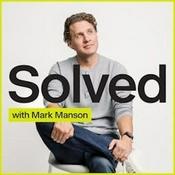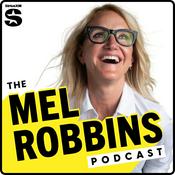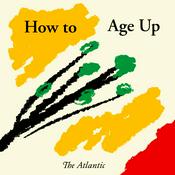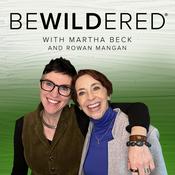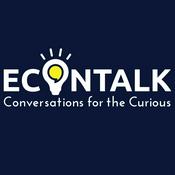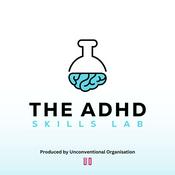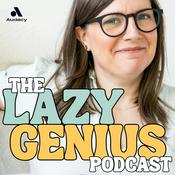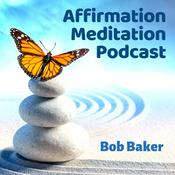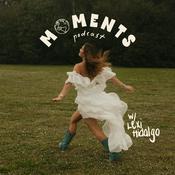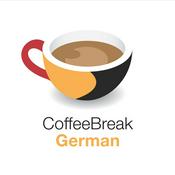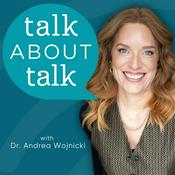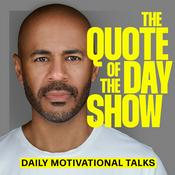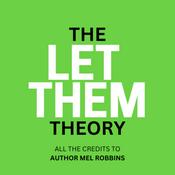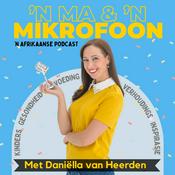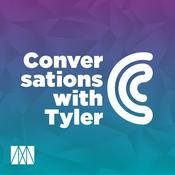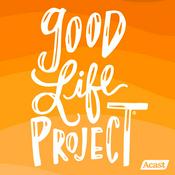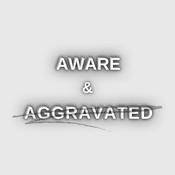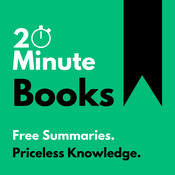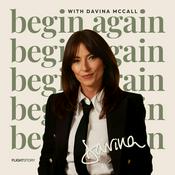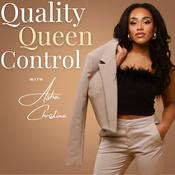Available Episodes
5 of 109
- 109. How to Fire an Electric Pottery KilnJoin me for the final episode in the making a raw-glazed mug on the potter’s wheel series! In this episode we’ll be talking about how to fire an electric pottery kiln. We’ll discuss the stoneware glaze kiln firing schedule, including ramp speed and soak time at the maximum temperature of 1260 °C.I talk about the duration of a stoneware glaze firing and describe the various stages of the kiln firing process.At the end of the episode, we’ll make a well-earned cup of tea in our finished mug!!Thank you so much for joining me for this series, it's been so much fun creating it and sharing it with you 💖All these episodes can be viewed as videos in the ‘How to Make a Raw-Glazed Mug on the Potter’s Wheel’ YouTube playlist here.Watch the video version of this episode on YouTube✨Support the Podcast-------------------------------Resources for Potters:⭐ Pottery eBooks⭐ Pottery Paperback Books available from AmazonFree Pottery Guides:🆓 Download the Free How to Make a Pottery Glaze Workbook (suitable for beginners):🆓 Download the Free How to programme an Electric Kiln for bisque and stoneware glaze firings (includes full kiln firing schedule)------------------------------------Get your pottery question answered on the podcast!Submit your pottery question to the Oxford Clay podcast by emailing your question to: [email protected] with the subject line ‘Podcast Question’.--------18:43
- 108. How to Load an Electric Pottery KilnWe’ve glazed our mug and now it's ready to fire! In this episode, I show you how to load or ‘pack’ an electric pottery kiln, including our mug, of course. I’ll talk you through the kinds of things I think about when loading a kiln for a glaze firing. Such as checking the base of each pot for glaze residue, where to place each item and how to use kiln props and kiln shelves.All these episodes can be viewed as videos in the ‘How to Make a Raw-Glazed Mug on the Potter’s Wheel’ YouTube playlist here.Watch the video version of this episode on YouTube✨Support the Podcast-------------------------------Resources for Potters:⭐ Pottery eBooks⭐ Pottery Paperback Books available from AmazonFree Pottery Guides:🆓 Download the Free How to Make a Pottery Glaze Workbook (suitable for beginners):🆓 Download the Free How to programme an Electric Kiln for bisque and stoneware glaze firings (includes full kiln firing schedule)------------------------------------Get your pottery question answered on the podcast!Submit your pottery question to the Oxford Clay podcast by emailing your question to: [email protected] with the subject line ‘Podcast Question’.--------11:06
- 107. How to Raw Glaze PotteryFollowing on from last week's episode of the podcast, where we made a stoneware glaze suitable for raw glazing, join me for this episode, where I apply the glaze to the mug!Raw glazing is similar to glazing bisqueware pottery, but greater care needs to be taken not to over-wet the greenware, or it will disintegrate your beautiful pot!I talk you through how I glaze my bone-dry mug - (mostly carefully and slowly!)All these episodes can be viewed as videos in the ‘How to Make a Raw-Glazed Mug on the Potter’s Wheel’ YouTube playlist here.Watch the video version of this episode on YouTube✨Support the Podcast-------------------------------Resources for Potters:⭐ Pottery eBooks⭐ Pottery Paperback Books available from AmazonFree Pottery Guides:🆓 Download the Free How to Make a Pottery Glaze Workbook (suitable for beginners):🆓 Download the Free How to programme an Electric Kiln for bisque and stoneware glaze firings (includes full kiln firing schedule)------------------------------------Get your pottery question answered on the podcast!Submit your pottery question to the Oxford Clay podcast by emailing your question to: [email protected] with the subject line ‘Podcast Question’.--------23:53
- 106. How to Make a Pottery Glaze for Raw GlazingJoin me for an exciting episode on the podcast this week, where I talk you through making a stoneware pottery glaze from start to finish!If you’ve ever wondered how to make a pottery glaze suitable for raw glazing, this episode is for you! The glaze in this episode can be applied directly to greenware pottery and fired straight up to stoneware temperatures - a pottery technique known as ‘raw glazing’. This glaze can also be used as a regular stoneware pottery glaze and applied to bisqueware pottery before firing to stoneware glaze temperatures (1260oc). Full details of the stoneware pottery glaze recipe made in this episode and the electric kiln firing schedule required to fire it can be found in this free guide. All these episodes can be viewed as videos in the ‘How to Make a Raw-Glazed Mug on the Potter’s Wheel’ YouTube playlist here.Watch the video version of this episode on YouTube✨Support the Podcast-------------------------------Resources for Potters:⭐ Pottery eBooks⭐ Pottery Paperback Books available from AmazonFree Pottery Guides:🆓 Download the Free How to Make a Pottery Glaze Workbook (suitable for beginners):🆓 Download the Free How to programme an Electric Kiln for bisque and stoneware glaze firings (includes full kiln firing schedule)------------------------------------Get your pottery question answered on the podcast!Submit your pottery question to the Oxford Clay podcast by emailing your question to: [email protected] with the subject line ‘Podcast Question’.--------22:37
- 105. How to Create a Flat Base and Maker's Mark in PotteryIn this episode, I tell you about an easy way to create a perfectly flat base (or rim!) for your pottery using just a tea towel, a flat surface and some water.We also talk about maker’s marks in pottery and the importance of these in claiming your beautiful pottery and your creativity!All these episodes can be viewed as videos in the ‘How to Make a Raw-Glazed Mug on the Potter’s Wheel’ YouTube playlist here.Watch the video version of this episode on YouTube✨Support the Podcast-------------------------------Resources for Potters:⭐ Pottery eBooks⭐ Pottery Paperback Books available from AmazonFree Pottery Guides:🆓 Download the Free How to Make a Pottery Glaze Workbook (suitable for beginners):🆓 Download the Free How to programme an Electric Kiln for bisque and stoneware glaze firings (includes full kiln firing schedule)------------------------------------Get your pottery question answered on the podcast!Submit your pottery question to the Oxford Clay podcast by emailing your question to: [email protected] with the subject line ‘Podcast Question’.--------11:06
More Education podcasts
Trending Education podcasts
About Oxford Clay
Chats about pottery with an environmental focus. Tune in for pottery tips and a discussion of issues in the handmade pottery industry today. Oxford Clay creates resources for Potters seeking a more environmentally friendly pottery practice.
Oxford Clay website: www.oxfordclay.co.uk
Podcast websiteListen to Oxford Clay, The Rich Roll Podcast and many other podcasts from around the world with the radio.net app
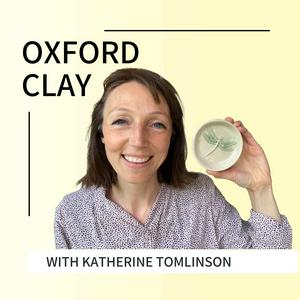
Get the free radio.net app
- Stations and podcasts to bookmark
- Stream via Wi-Fi or Bluetooth
- Supports Carplay & Android Auto
- Many other app features
Get the free radio.net app
- Stations and podcasts to bookmark
- Stream via Wi-Fi or Bluetooth
- Supports Carplay & Android Auto
- Many other app features


Oxford Clay
Scan code,
download the app,
start listening.
download the app,
start listening.



